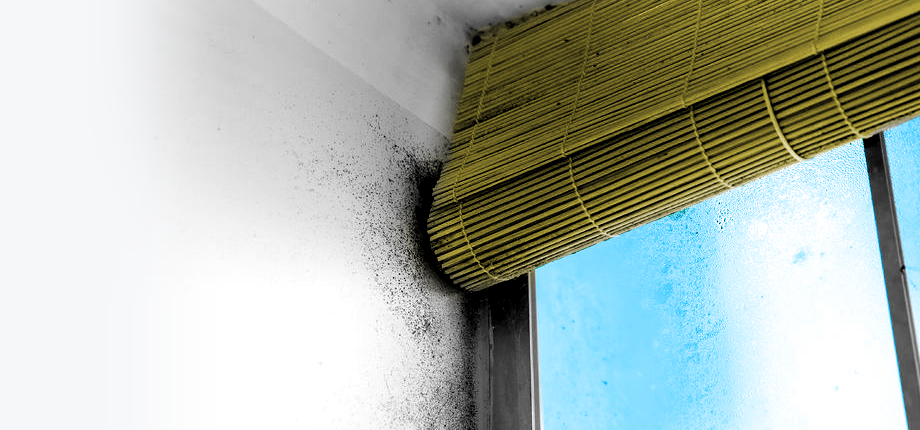A shocking four in ten people (43%) in Britain live in homes which fail to meet the ‘Living Home Standard’ – a measure of what makes an acceptable home.
Designed to be the housing equivalent of the Living Wage, the new Living Home Standard was developed by the public, for the public through a series of discussion groups, workshops and surveys. For the first time it revealed a measure of what everyone should have from a home in order to live, rather than just get by.

In a landmark report, Shelter and Ipsos MORI, with support from British Gas, asked the nation to define what makes an acceptable home. Fifty years since the housing charity was first founded, the Living Home Standard paints a unique picture of what people need from their homes in Britain today. It is measured through five criteria based on what mattered most to the public: affordability, decent conditions, stability, space and neighbourhood.
This research now shockingly reveals that most homes fall below the standard due to the impact of high housing costs, with over one in four people (27%) in Britain living in homes which fail on affordability.
Almost one in five (18%) live in homes which fail to meet the standard because of poor conditions, with problems including persistent pests, damp or safety hazards. And the homes of almost one in ten people (10%) fail due to instability, largely driven by renters who feel they don’t have enough control over how long they can live in their home.
Shelter’s chief executive Campbell Robb said: “At Shelter we know all too well that a home is much more than bricks and mortar – it’s a place that should allow us to live and thrive, rather than just get by.
“When Shelter was founded fifty years ago, it was with the hope that one day everyone in the country would have access to a place they can truly call home. But the sad truth is that far too many people in Britain right now are living in homes that just aren’t up to scratch – from the thousands of families forced to cope with poor conditions, to a generation of renters forking out most of their income on housing each month and unable to save for the future.
“Now is the time for a national mission to get to grips with our housing crisis once and for all. We’re calling on the new government, alongside businesses and other charities, to work with us to turn things around and increase the number of homes that meet the Living Home Standard.”
British Gas has been working in partnership with Shelter for five years to help improve conditions in the private rented sector.
Sarwjit Sambhi, Managing Director of UK Home at British Gas, said “Our partnership has changed the lives of thousands of families but this report shows that there is clearly more to do. Through our customers, we understand what makes a house a home, and how important a warm and safe environment is for everyone. As we move towards a future where technology will play a greater role in our daily lives, the fact that many people do not even have basic levels of safety, comfort and security is unacceptable.”
Top 5 reasons homes fail the Living Home Standard
- Worries that the rent/mortgage may rise and become difficult to pay (affordability)
- Can’t meet rent/mortgage without regularly cutting back on essentials like food/heating (affordability)
- Home is not free from mould or damp problems (conditions)
- Not enough control over how long can stay in the home (stability)
- Home is not free from pest problems (conditions)
Living Home Standard: %’s of homes failing each dimension
- % of homes failing on: SPACE 11%
- % of homes failing on: DECENCY 18%
- % of homes failing on: AFFORDABILITY 27%
- % of homes failing on: STABILITY 10%
- % of homes failing on: NEIGHBOURHOOD 5%
- Log in to post comments













